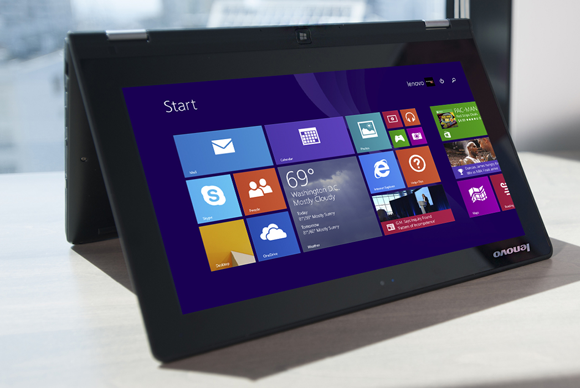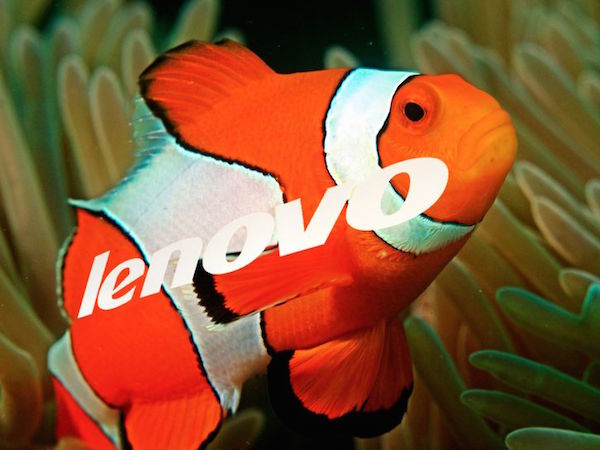If you have eyes, you’ve probably read about Superfish. What is it? Some kind of aquatic discovery? You’d be wrong, it’s actually a little less benign than that; if you have it on your Lenovo PC you should uninstall it immediately.
Superfish is Adware that Lenovo knowingly pre-installed on several PC models. It enhances your Google searches by adding images of suggested products in your results.
Sounds sneaky right? In actuality, Superfish was able to track users’ browsing history, and otherwise invade their privacy online.
PC World reported that the software plugin could “hijack connections and open major security holes, thus leaving computers vulnerable to malicious attacks.” Thanks Lenovo!
Security guru
Bruce Schneier wrote on his blog, that Lenono itself completely misunderstood the problem, and that Superfish claimed it posed no security risk… that was before someone cracked its password, though.
Superfish was added onto non-ThinkPad models such as G Series, U Series, Y Series, Z Series, S Series, Flex, Miix, Yoga and E Series. They’ve now been slapped over the face with a lawsuit, and rightly so. Many people are calling Superfish the most evil thing a manufacturer (Lenovo) could do to its client base.

The Superfish app works by creating a hold in your browser security through a single, self-signed root certificate. It then allows anyone on your wifi network to collect your bank information, passkeys, or any online accounts storing valuable or personal information.
If you’re reading this from a Lenovo PC shipped between the dates of September 2014 and February 2015, use this tool
to uninstall it. Then, install Windows (not Lenovo’s Windows) and reset all your passwords for maximum security.
You can check if your computer was effected by using
this test here.
 The Superfish app works by creating a hold in your browser security through a single, self-signed root certificate. It then allows anyone on your wifi network to collect your bank information, passkeys, or any online accounts storing valuable or personal information.
If you’re reading this from a Lenovo PC shipped between the dates of September 2014 and February 2015, use this tool to uninstall it. Then, install Windows (not Lenovo’s Windows) and reset all your passwords for maximum security.
You can check if your computer was effected by using this test here.
The Superfish app works by creating a hold in your browser security through a single, self-signed root certificate. It then allows anyone on your wifi network to collect your bank information, passkeys, or any online accounts storing valuable or personal information.
If you’re reading this from a Lenovo PC shipped between the dates of September 2014 and February 2015, use this tool to uninstall it. Then, install Windows (not Lenovo’s Windows) and reset all your passwords for maximum security.
You can check if your computer was effected by using this test here.

